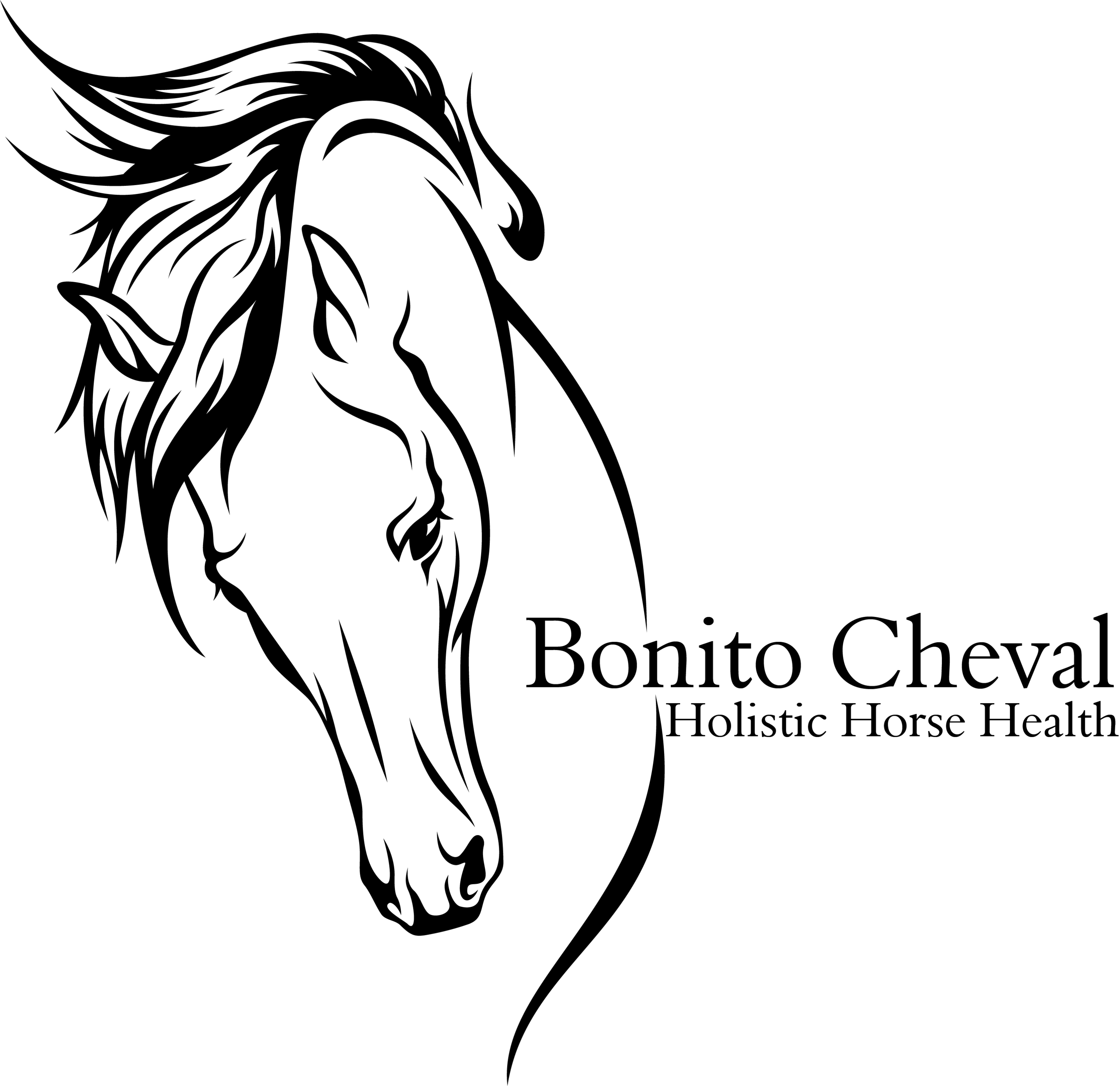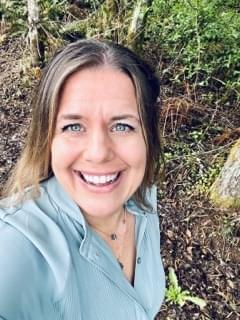In the past 23+ years, horses have taught me to become an effective human in listening to understand the communication and strive to be more of the human in which our horses would want to be with by choice. I've learned how to BE the human they want to join up with.
Every horse has their own persona, their language and personally believe it is up to us as humans to understand their communication lines instead of us expecting them to understand ours.
In 2010, we added the Niagara Equissage Therapy system to assist in the mechanical chronic conditions or acute conditions to relieve a list of symptoms as part of our services. The Niagara Equissage Pulse System is safe, effective, lightweight and cost-effective in being part of your daily therapy. Physically releasing muscle spams,tendon/ligament concerns, opens up the door to holistically balancing the eastern hemisphere of harmony.
Together, we will achieve radical results by working together- you will be amazed at how holistic equine therapy could benefit your horses.
All the Best in Health,
Lisa and the team at Bonito Cheval, Inc






